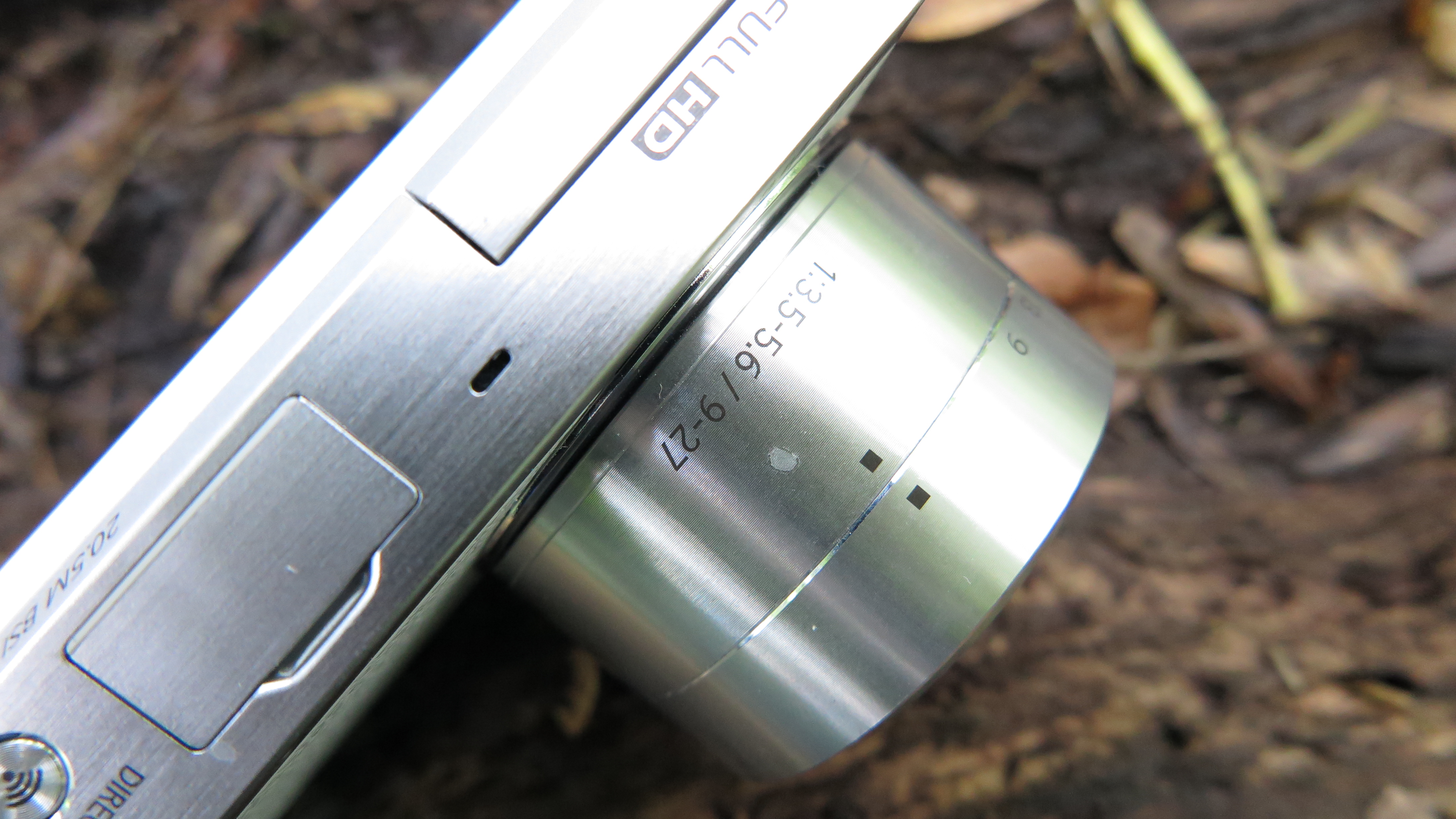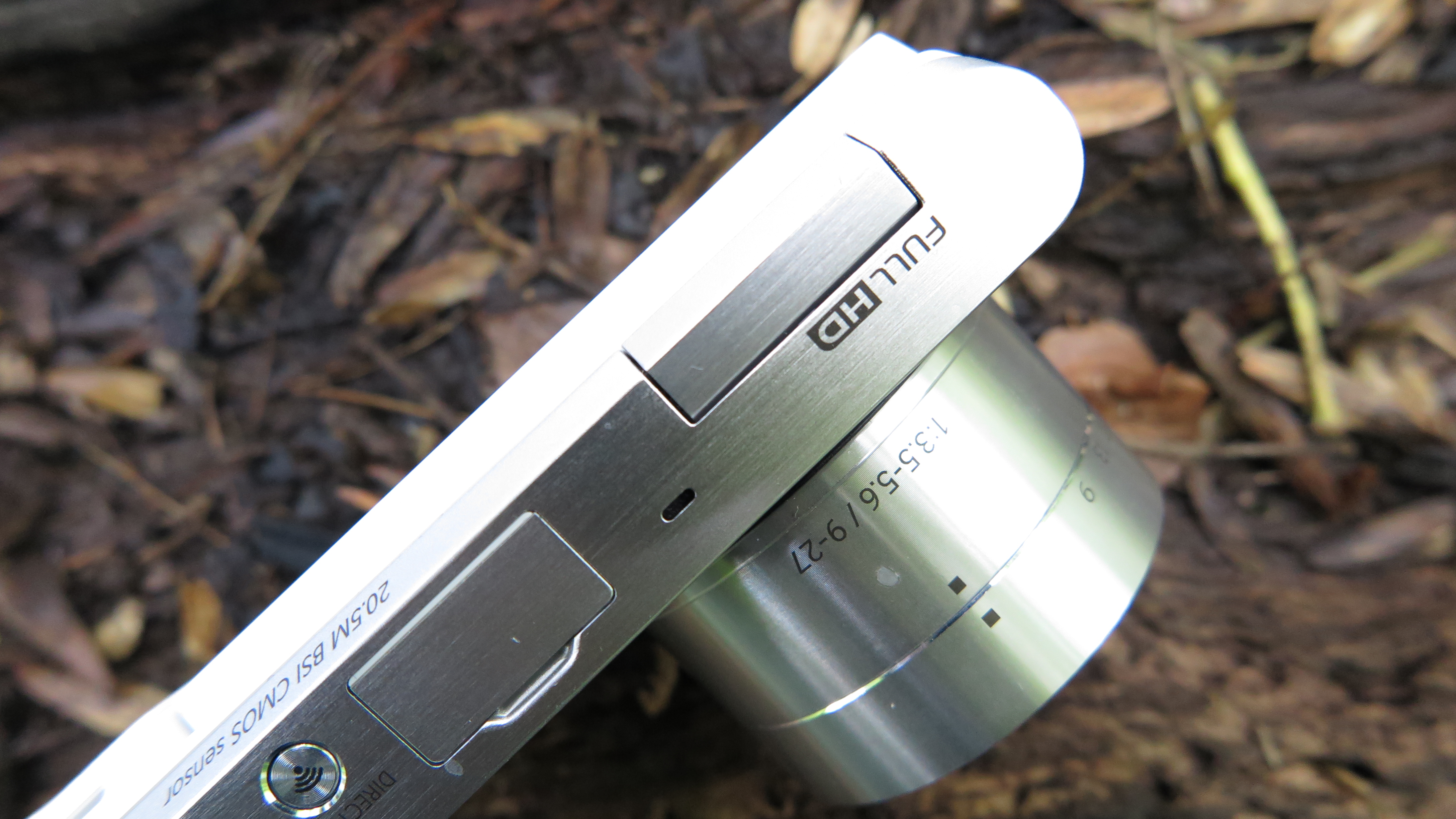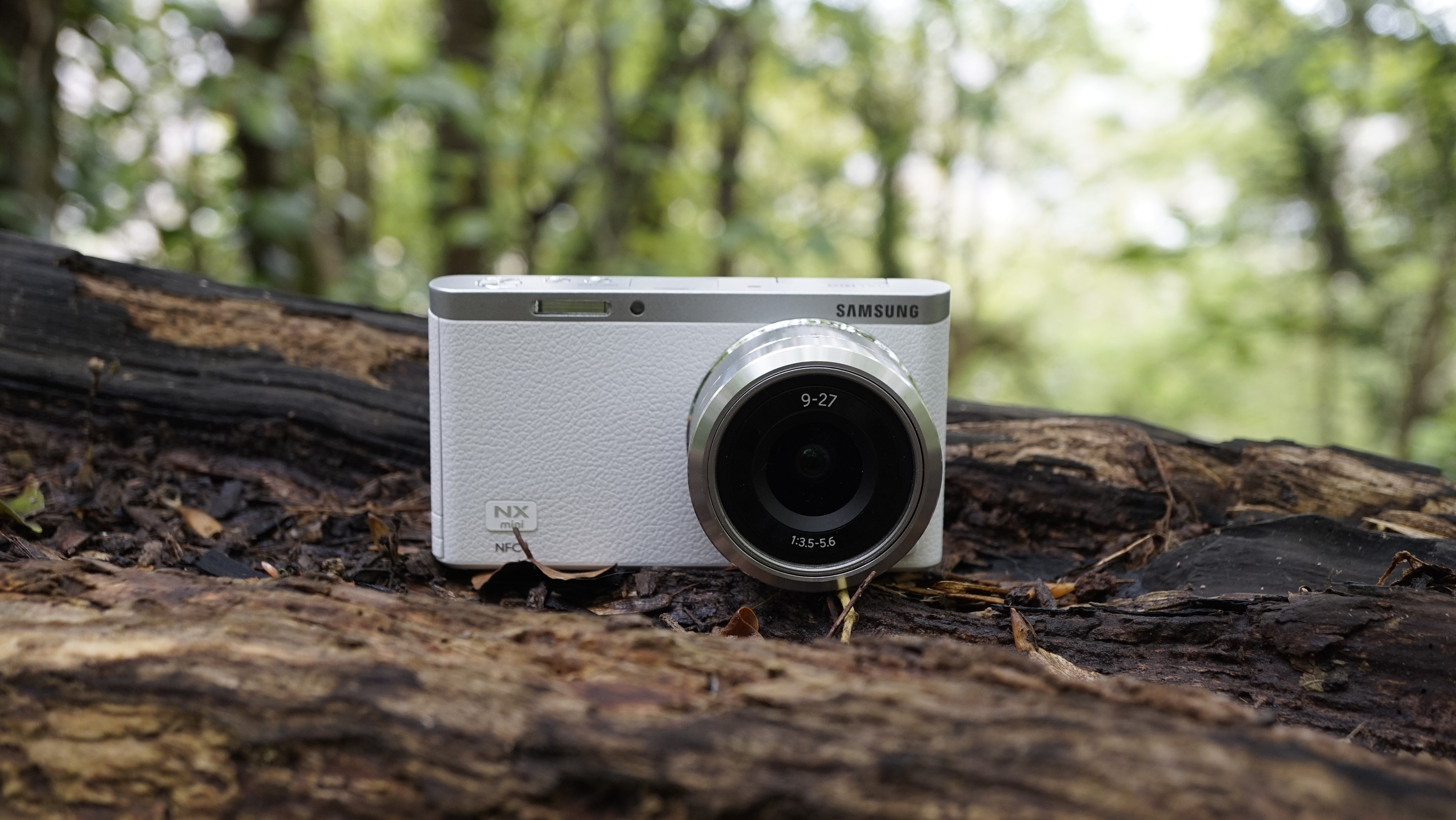Why you can trust TechRadar
Looking at images at normal printing or web sizes, you get an overall good impression of detail. However, even images taken at the lowest end of the sensitivity run, such as ISO 100 or ISO 200, display areas of smudging and a painterly effect when examining them at 100%, which is a little disappointing to see.
On the plus side, colours are bright and punchy straight from the camera, with a nice amount of vibrance.
The camera's metering system generally does a good job of keeping exposures well balanced, but there a few occasions where it it is prone to underexposure and you may find you need to dial in some positive exposure compensation to get a more balanced exposure.
Automatic white balance does a good job to produce accurate colours, even when faced with tricky mixed or artificial lighting conditions. You can change to a more specific white balance setting if you need to though, helpful on some occasions.

When shooting at high sensitivity settings, such as 1600 or 3200, the resulting images display a decent level of detail and appear to have low noise if you're viewing them at a normal printing or web size. But, if you zoom into 100% to properly examine them, you can see a high degree of image smoothing and loss of detail. If you want to make large prints (A3 or above), this is not a camera I would recommend. However, if the majority of your shots will be taken for sharing online, then it's fine.
The NX Mini can shoot in raw format. Comparing JPEG images with the raw format shots, it's clear that a fair amount of image sharpening is applied to the outputted JPEGs. While this gives a good degree of sharpness, and is pleasing for those that don't want to spend time on post-production, it's nice to have the option to apply your own noise reduction and sharpening if you want to.
To date, there are only three lenses available for the NX Mini mount. I mainly used the 9-27mm f/3.5-5.6 kit lens as supplied with the camera as standard. It's a decent all round performer, providing a handy set of focal lengths for the majority of shots you might want to take. I'd recommend taking a look at the 17mm f/1.8 lens if you want to take a lot of low light shots, or are interested in shallow depth of field effects. While you can get some degree of shallow depth of field with the 9-27mm, with a maximum aperture of f/3.5 and the relatively small (for a CSC) sensor of one inch means you can only achieve so much.

Autofocusing speeds are quick, and generally accurate. Having the ability to quickly set the point using the touchscreen means you don't have to focus and recompose, and in the majority of instances, the camera locked on to the target with ease, not producing many, if any, false positives. When the light drops, focusing speeds are a little slower, but not worryingly so.
If you want to experiment with how your images look directly from within the camera, you've got a couple of shooting options. The Picture Wizard, which can be used when shooting in raw format, allows changes to be made to elements such as contrast, with a number of presets, such as Landscape available. It's worth noting however that some have unusual names, such as Classic, which equals Monochrome.
Alternatively, you can use Smart Filters – of which there are only a few. It's worth having a look to see if you like any of them, but it's not the greatest selection available, especially in comparison to those from Panasonic and Olympus. Some of them seem a little old fashioned now as well, such as the Sketch option. You also can't shoot them in raw format, so you'll be stuck with the filter if you change your mind about it later down the line.
Current page: Performance
Prev Page Build quality and handling Next Page Image quality and resolutionAmy has been writing about cameras, photography and associated tech since 2009. Amy was once part of the photography testing team for Future Publishing working across TechRadar, Digital Camera, PhotoPlus, N Photo and Photography Week. For her photography, she has won awards and has been exhibited. She often partakes in unusual projects - including one intense year where she used a different camera every single day. Amy is currently the Features Editor at Amateur Photographer magazine, and in her increasingly little spare time works across a number of high-profile publications including Wired, Stuff, Digital Camera World, Expert Reviews, and just a little off-tangent, PetsRadar.

